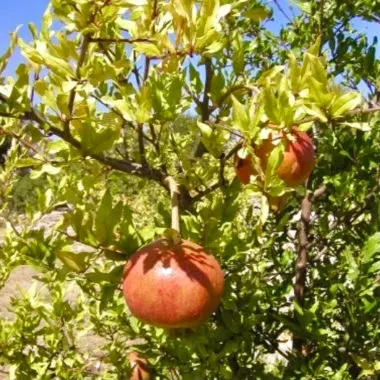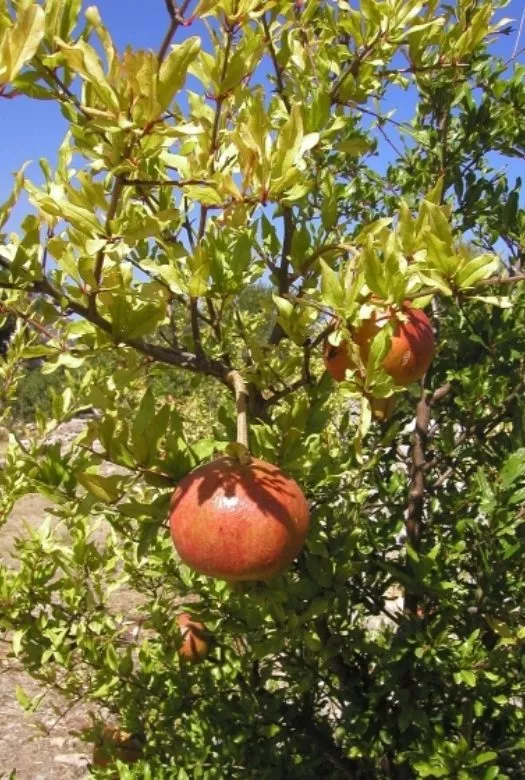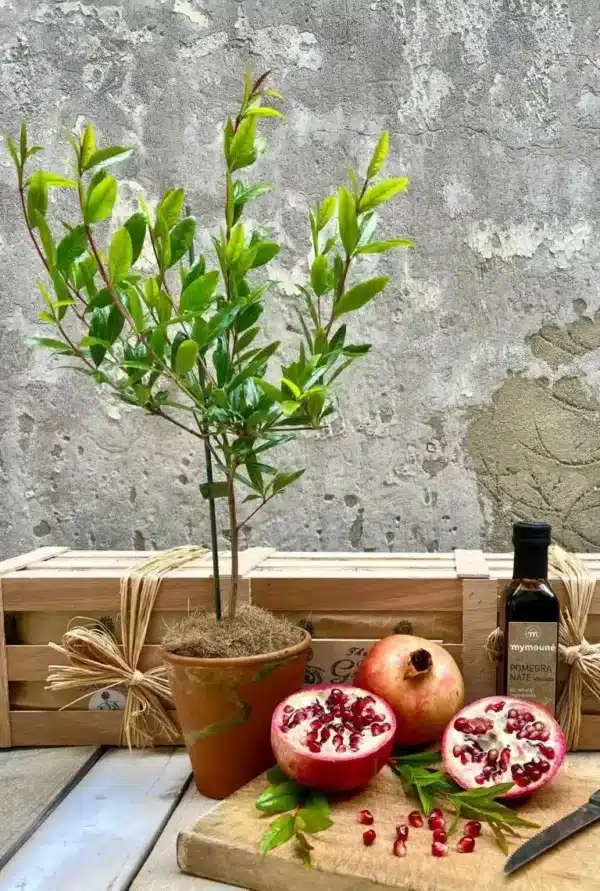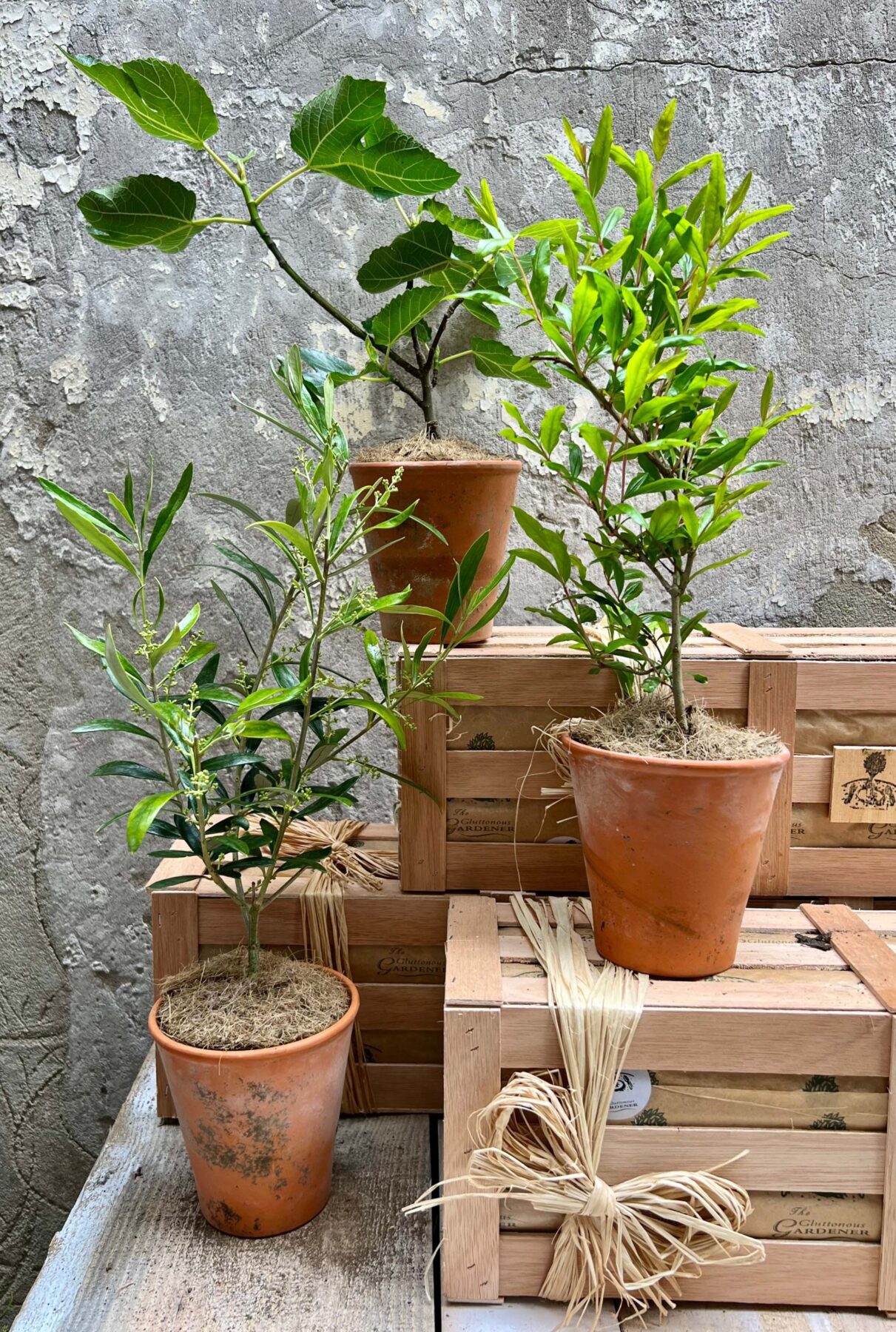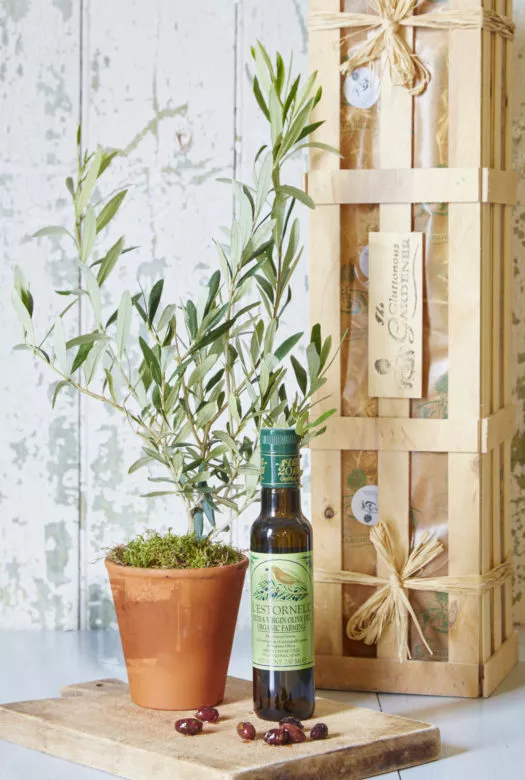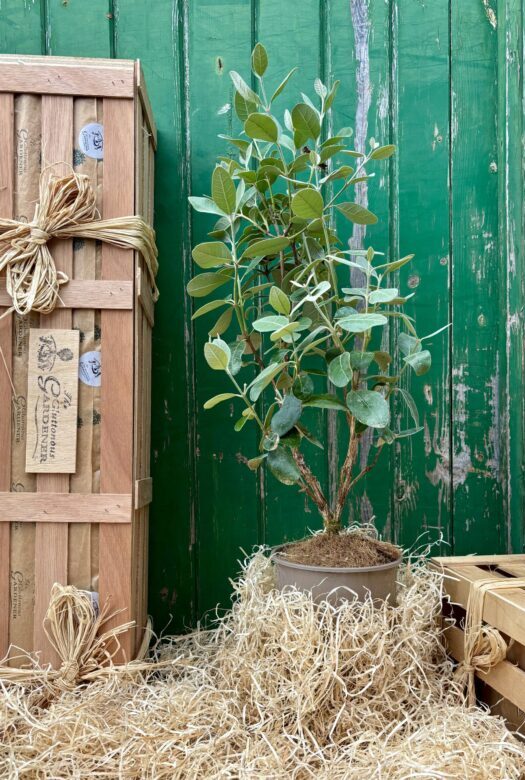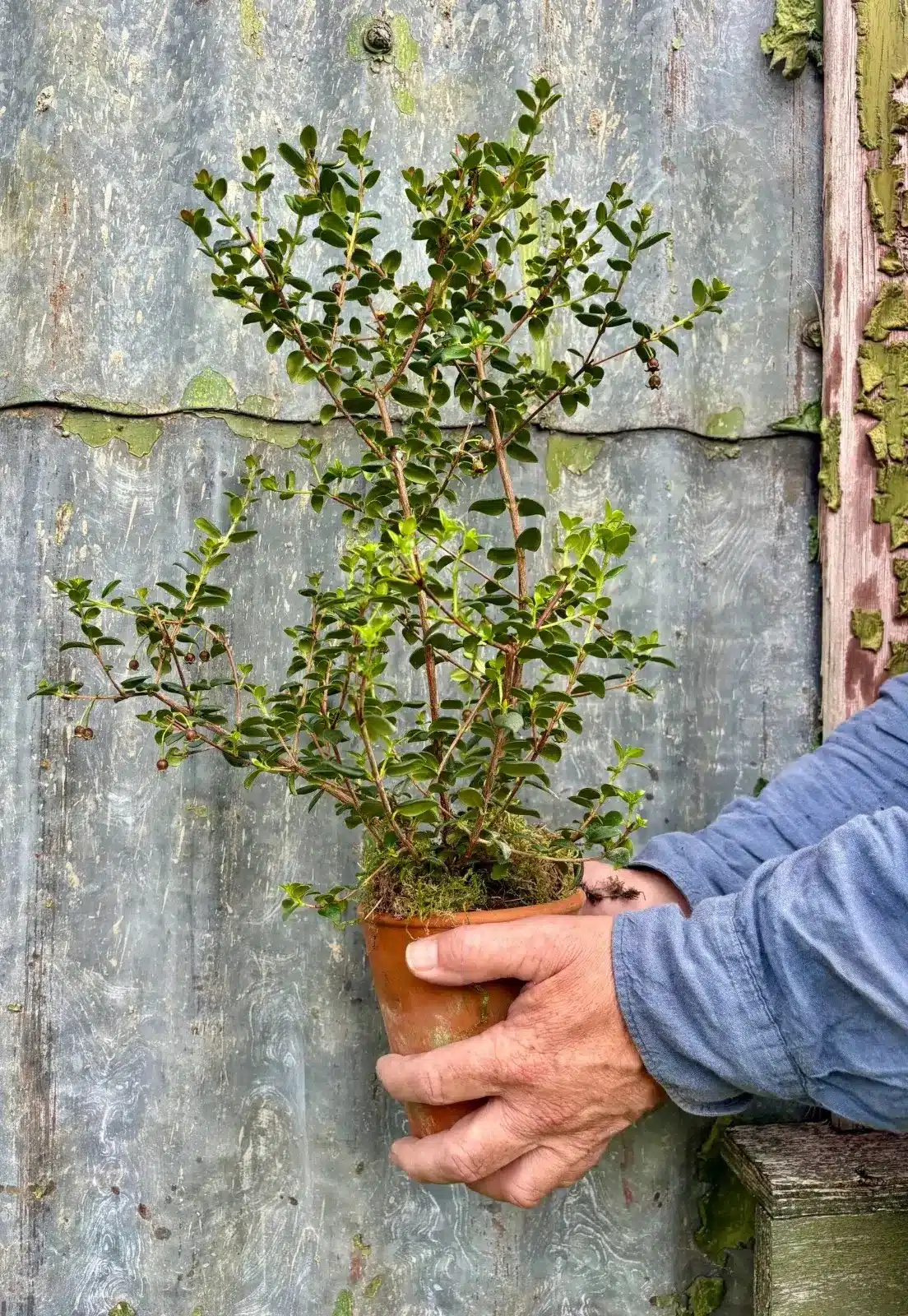Pomegranate Tree
A Comprehensive Gluttonous Gardener Plant Care Guide
The beautiful pomegranate, also known as the Carthaginian Apple, is known for its rust-coloured spherical fruits, stunning crimson blossoms which flower for months, and coral-hued autumn foliage. It is widely cultivated across the globe as an ornamental shrub.
Its origins lie in the Middle East, where the tradition of displaying and breaking pomegranates at wedding ceremonies continues to this day. According to ancient Iranian Christianity, it was believed to be the real forbidden fruit in the Garden of Eden.
Pomegranates have anti-oxidant properties and provide a good source of vitamin C, vitamin K and potassium. They have traditionally been used to treat many common ailments, including digestive and skin disorders.
In a nutshell
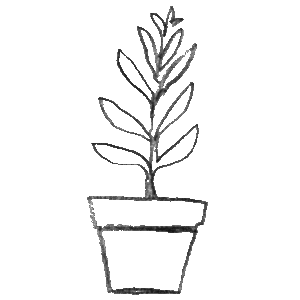
Happy in a pot

Flowers

Tree

Fruit
Care Instructions

Planting
Pomegranates are sun-worshippers! They will thrive in large pots and the garden in warm, sunny spots. They prefer free-draining, moisture-retentive soil, and will establish fastest in soil which is a little acidic. For the best chance of fruiting, plant your pomegranate in a greenhouse or by a sunny window.
Choose an area in full sun. Dig a hole twice the size of the root-ball and add loam-based compost or well-rotted manure. Spread the roots out as you place the pomegranate tree into the hole, then refill the hole to the base of the stem with a mixture of soil and compost. Press the soil down gently with the heel of a boot and water well.

Watering
Water well in the first few months, and frequently during the summer if the weather is particularly hot or dry.

Feeding
Every autumn, treat your pomegranate tree to a generous helping of mulch or well-rotted compost.

Pruning
Pomegranate trees are quite self sufficient and require very little pruning. During the summer months, remove any suckers, and in the late winter or early spring remove crossing, damaged, diseased or dead shoots and branches.
In the winter, protect young pomegranate trees from frost and very cold temperatures by wrapping them in a horticultural fleece.

Harvest
Pomegranate fruits are delicious eaten ripe from the tree, but if you have an especially abundant harvest, you can use them to add colour, texture and crunch to dishes. Sprinkle the seeds over salads, or toss through grains and rice dishes.
